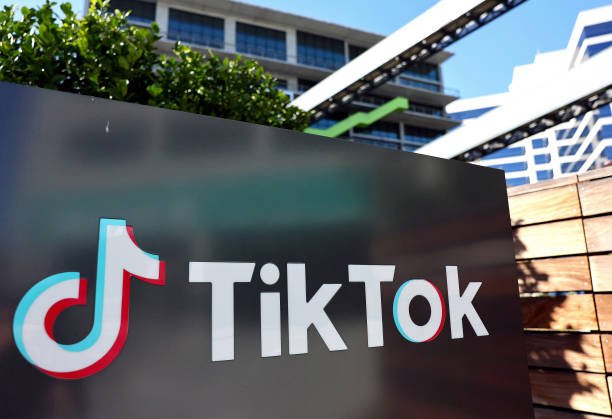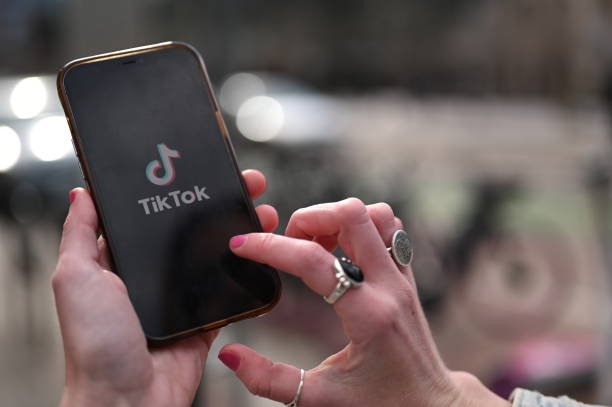After a period of uncertainty, TikTok has officially returned to U.S. app stores following a temporary ban imposed by the previous administration. This move marks a significant shift in the ongoing battle over data security, user privacy, and international tech policies.
The Ban and Its Impact
TikTok, a popular short-video platform owned by the Chinese company ByteDance, faced a temporary ban in the U.S. due to concerns over national security and data privacy. The previous administration cited the following key reasons:
- Data Privacy Concerns: Allegations that TikTok was collecting and sharing U.S. user data with the Chinese government.
- National Security Threats: Fears that China could access sensitive user information, potentially compromising American users.
- Political Pressure: The U.S. government wanted TikTok to be sold to an American company to mitigate risks.
The ban caused disruption for millions of users and content creators who relied on the platform for entertainment, business, and community engagement. Many influencers saw a decline in engagement, while small businesses that used TikTok for marketing struggled to reach their audience.

How Did TikTok Make a Comeback?
Several factors contributed to TikTok’s return to U.S. app stores:
- Legal Battles & Negotiations: TikTok fought against the ban in court and negotiated with U.S. officials to ensure compliance with data protection laws.
- Commitment to Data Security: The company implemented stricter data protection measures, including plans to store U.S. user data on American servers.
- Change in U.S. Leadership: With a new administration in place, policies around international tech regulations evolved, leading to a more open dialogue between TikTok and U.S. authorities.
Additionally, TikTok strengthened its lobbying efforts in Washington, hiring legal and policy experts to help navigate the complex landscape of data privacy laws.
What Has Changed for Users?
With its return, TikTok has introduced new policies and changes to reassure users and the government:
- Improved Data Security: Increased transparency on how user data is stored and protected.
- Regular Compliance Audits: Third-party security audits to ensure compliance with U.S. regulations.
- Local Data Storage: Collaborating with American tech firms to store data in the U.S.
- Content Moderation Improvements: Strengthened policies to detect misinformation and harmful content.
- Age Restrictions & Safety Features: New parental controls and content restrictions to protect younger users.
- More Transparency Reports: Frequent reports outlining content removals and policy enforcement.
How Will This Affect Content Creators & Businesses?
The return of TikTok is a relief for content creators and businesses that depend on the platform for revenue and engagement. Some key benefits include:
- Revival of Brand Partnerships: Companies can resume collaborations with influencers to promote their products.
- Monetization Opportunities: Creators can continue earning through sponsorships, ads, and TikTok’s creator fund.
- Business Growth: Small businesses can use Tik Tok ads and viral trends to reach a wider audience.
- Enhanced Shopping Features: The introduction of in-app shopping allows businesses to sell directly through Tik Tok.
- More Algorithm Transparency: Updates to the recommendation system to ensure fairness in content distribution.

The Role of AI and Future Developments
Tik Tok’s algorithm, powered by artificial intelligence, plays a significant role in its popularity. The platform has continued to refine its AI capabilities to:
- Improve video recommendations based on user behavior.
- Detect harmful or inappropriate content more efficiently.
- Enhance accessibility features, such as automatic captions and translations.
Looking forward, TikTok is expected to introduce:
- Augmented Reality (AR) Filters: Advanced AR tools for interactive content creation.
- Expanded Live Streaming Features: More ways for creators to engage with their audience in real-time.
- Blockchain Integration for Security: Exploring blockchain technology to ensure data privacy.

Future Challenges for TikTok in the U.S.
While Tik Tok has regained its position in U.S. app stores, the company still faces several challenges:
- Ongoing Regulatory Scrutiny: The U.S. government may continue monitoring Tik Tok’s operations.
- Competition from Other Platforms: Instagram Reels and YouTube Shorts are strong competitors.
- Changing Data Privacy Laws: Future policies could affect how Tik Tok operates in the U.S.
- Potential Future Bans: Political shifts could lead to renewed calls for restrictions.
- User Trust Issues: Some users remain skeptical about data privacy despite Tik Tok’s assurances.
Conclusion
Tik Tok’s return to the U.S. is a major win for users, creators, and businesses. However, the platform must continue to address security concerns and comply with regulations to maintain its presence. As the tech landscape evolves, TikTok’s ability to adapt will determine its long-term success in the U.S. market.
The platform is expected to remain a dominant force in the social media industry, with its innovative features and highly engaging content. However, users and businesses should stay informed about potential regulatory changes that may impact how TikTok operates in the future.
Stay tuned for more updates on how TikTok navigates these challenges and shapes the future of social media!
Elon Musk vs. OpenAI: The $97 Billion Feud That Shook Tech World





